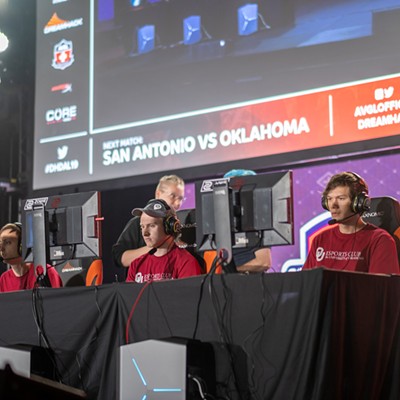The
Association of Central Oklahoma Governments, a voluntary membership
organization comprised of several local governments, has secured about
$1 million in federal funding to perform a commuter corridor
alternatives analysis study, said Doug Rex, director of transportation
and planning services for ACOG.
To
receive the federal funds, local governments must come up with 20
percent of the funds, which would bring the total available to around
$1.25 million, Rex said.
“We’ve
reached out to our member local governments who lie adjacent to the
corridors that we will be looking at, and everybody seems to be on
board,” Rex said. “We won’t know until they all go through their budget
cycle and get final approval, but I think in principle they all thought
it was a good idea. We’ll all just wait with crossed fingers.”
ACOG
is looking at three commuter rail corridors identified in the 2005
fixed guideway study. Those three corridors have terminals in Edmond,
Norman and the Tinker Air Force Base area, and each lead to downtown
Oklahoma City, Rex said.
The
alternatives analysis, which is overseen by the Federal Transit
Administration, is part of a multi-step progression required for federal
funding for infrastructure and capital, Rex said. The first step in the
process was the fixed guideway study.
Other
projects are subject to alternatives analysis and may be eligible for
future federal funds. They are the MAPS 3 streetcar and a planned
high-speed rail line from Tulsa to Oklahoma City, both of which would
hook into an intermodal hub that will likely be located at Santa Fe
Station, Rex said.
ACOG
has solicited funding assistance for the commuter rail study from
Norman, Moore, Oklahoma City, Edmond, Del City and Midwest City.
The study would determine current problems in the transportation corridors, identify solutions and, in the case of the commuter rail, describe the proposed location of stations, possible line routes and some rough cost estimates, Rex said.
If
all of the city budgets include commuter rail study money, Rex expects
it to begin in fall 2011 and be completed in 18 to 24 months.
Bob
Kemper, board member of nonprofit group the Oklahoma Alliance for
Public Transportation, addressed the City Council at its May 24 meeting,
asking that money be set aside for the commuter rail study.
“We
have to have an integrated transportation system, not just buses, not
just rail, but bringing all these different modes together,” Kemper
said.
“There is
federal funding (for intermodal transport). This empowers us to go
forward with the study that we need to do for the commuter rail program
in Oklahoma City. It’s a very important first step we have to take.”











